Materials Science and Smart Materials
Selective laser melting (SLM), as the main representative of additive manufacturing technologies, has a high variability of process parameters setting, which provides wide possibilities in tuning porosity and mechanical properties of final parts. To ensure a high relative density of SLM parts, thorough process optimization is required. Efforts so far developed in this research area suggest that the optimization is desirable for each machine, material and suitably even for a specific product. As even the adjustment of a specific machine may affect the resulting part quality, we carried out an initial process optimization for a specific SLM machine applied to the processing of Ti6Al4V alloy. We studied a range of energy density values between 40-400 J/mm3 by changing scanning speed and hatching distance. The results of this initial optimization demonstrated how porosity and mechanical properties can be varied widely with different parameter settings, suggested a processing window for reaching the highest relative density and revealed that changing the energy density might be also associated with microstructural changes influencing the mechanical performance of a final part. Therefore, our follow-up study will focus on detail microstructural characterization.
{{comment.content}}
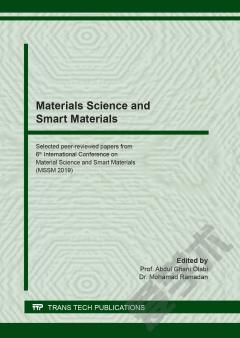

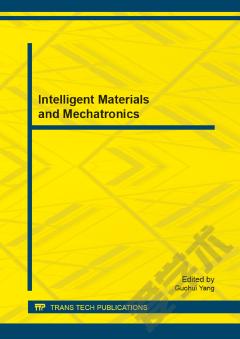
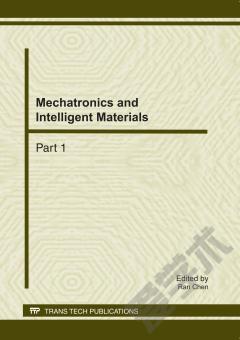

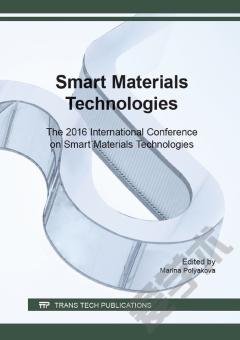
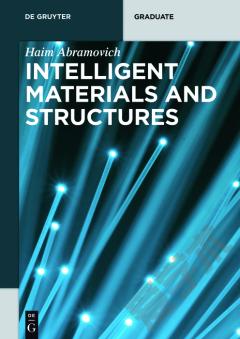

 京公网安备 11010802027623号
京公网安备 11010802027623号